- Home›
- Healthy Living›
- 10 Types Of Honey: What, How, And Why Should You Know About Them!
10 Types Of Honey: What, How, And Why Should You Know About Them!
By: Priyanka Maheshwari Fri, 08 Sept 2023 3:23:58
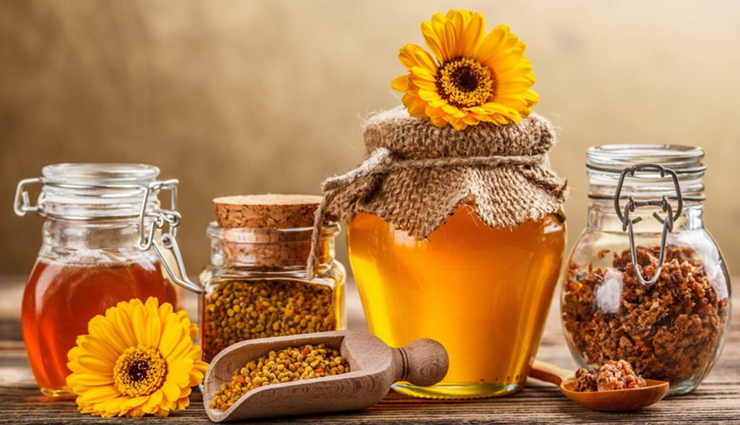
Honey, often referred to as "liquid gold," has been cherished for centuries as a natural sweetener and a source of numerous health benefits. What many people may not realize is that honey comes in a wide variety of types, each with its own distinct flavor, color, and potential health properties. Understanding the different types of honey is not only fascinating but can also enhance your culinary experiences and allow you to explore the diverse world of honey flavors. In this guide, we will delve into various types of honey, discussing what makes them unique, how they are produced, and why you should know about them. Whether you're a honey enthusiast or simply curious about this sweet wonder of nature, join us on this journey to discover the rich and flavorful world of honey varieties.
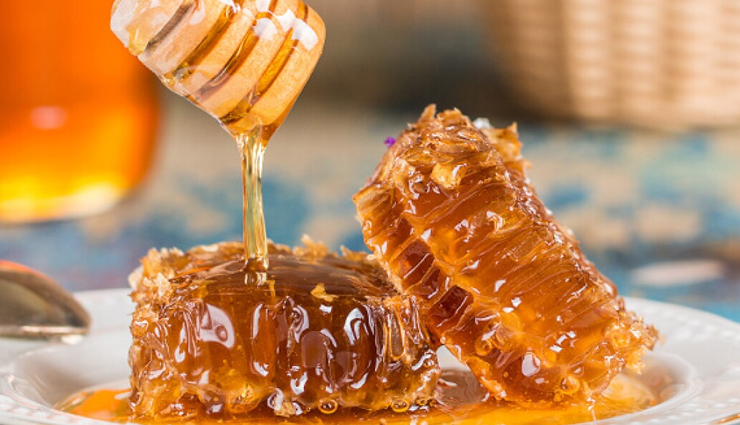
What Is Honey?
Honey is a natural sweet substance produced by honeybees (Apis mellifera) through a complex process of collecting nectar from flowers, enzymatic digestion, and evaporation. It is a thick, viscous liquid that varies in color, flavor, and texture depending on the source of the nectar and the region where it is produced.
The process of honey production begins with honeybees foraging for nectar from a variety of flowers. They use their long, tube-like tongues to extract the nectar and store it in a special pouch called the "honey stomach." During this collection process, enzymes in the bee's stomach begin to break down the complex sugars in the nectar into simpler sugars, primarily glucose and fructose.
Once the honeybee returns to the hive, it regurgitates the partially digested nectar into the mouth of another bee, passing it from one bee to another several times. This process further breaks down the sugars and introduces additional enzymes. The bees then deposit the nectar into the honeycomb cells.
The bees fan their wings over the honeycomb cells to facilitate the evaporation of water from the nectar. As the water content decreases and the sugar concentration increases, the nectar thickens and transforms into honey. When the honey is sufficiently dehydrated and reaches a specific moisture content (around 17-20%), the bees seal the honeycomb cell with a wax cap, preserving the honey for future use as a food source.
Honey is highly regarded for its natural sweetness and distinct flavor, which can range from mild and floral to bold and robust, depending on the types of flowers and plants from which the nectar was collected. Additionally, honey offers a wide range of potential health benefits, including its antioxidant properties, antibacterial qualities, and use as a natural cough suppressant.
Honey has been used by humans for thousands of years as a sweetener, food source, and even for its medicinal properties. It is a versatile ingredient in cooking and baking, and it is also used in various traditional and alternative medicine practices.
What Is The Composition Of Honey?
Sugars: Honey is primarily made up of sugars, with glucose and fructose being the two main types. These simple sugars make up approximately 70-80% of the total weight of honey. The ratio of glucose to fructose can vary, affecting the honey's taste and crystallization properties.
Water: Honey contains a certain amount of water, typically ranging from 17% to 20%. The water content can vary depending on the maturity of the honey, with lower water content contributing to longer shelf life and resistance to fermentation.
Minor Sugars: In addition to glucose and fructose, honey may contain small amounts of other sugars, including maltose, sucrose, and galactose.
Enzymes: Bees introduce enzymes into honey during the honey-making process. One crucial enzyme is invertase, which converts sucrose into glucose and fructose. Other enzymes include diastase, which helps break down starches into simpler sugars, and glucose oxidase, which contributes to honey's antibacterial properties.
Organic Acids: Honey contains trace amounts of organic acids, such as gluconic acid, citric acid, and acetic acid. These acids contribute to honey's pH level and its acidity.
Proteins: Honey contains small amounts of proteins, including enzymes produced by bees and trace amounts of pollen.
Amino Acids: Amino acids are the building blocks of proteins, and honey contains a range of amino acids, albeit in relatively small quantities.
Vitamins and Minerals: While honey is not a significant source of vitamins and minerals, it does contain small amounts of vitamins such as vitamin C, riboflavin (vitamin B2), and niacin (vitamin B3). It also contains minerals like calcium, potassium, magnesium, and phosphorus.
Antioxidants: Honey is rich in antioxidants, which can help protect cells from oxidative damage. The specific types and levels of antioxidants can vary based on the honey's floral source.
Phytonutrients: Honey can contain various phytonutrients, including flavonoids and phenolic compounds, which may have health-promoting properties.
Other Trace Compounds: Honey can contain trace amounts of volatile organic compounds (VOCs), which contribute to its aroma and flavor. These compounds can include terpenes, alcohols, and aldehydes.
Different Types Of Honey
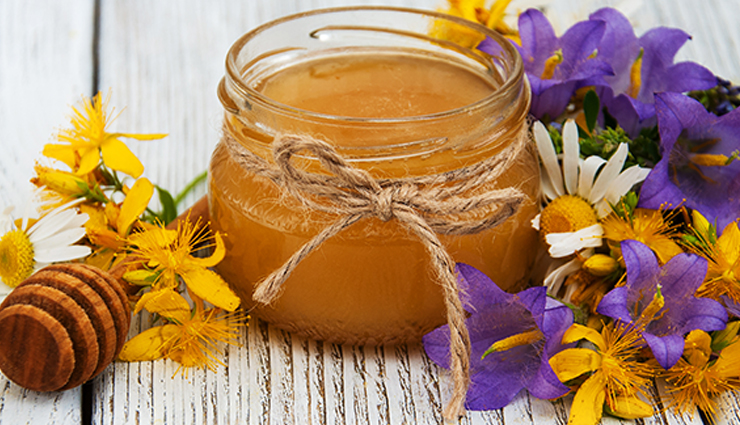
# Wildflower Honey
Wildflower honey is a type of honey produced by bees that forage nectar from a variety of wildflowers, shrubs, and trees rather than a single specific floral source. As a result, it has a diverse and complex flavor profile, often described as being pleasantly floral, with hints of different flowers and plants. The color of wildflower honey can vary, ranging from light amber to dark amber, depending on the local flora.
One of the distinctive qualities of wildflower honey is its ability to capture the essence of the local environment where it is produced. It reflects the unique combination of wildflowers present in a given region, making it a true representation of the local ecosystem. This natural variation in flavor and color makes wildflower honey a favorite among honey enthusiasts.
Wildflower honey, like all honey, consists primarily of natural sugars, with glucose and fructose being the dominant sugars. It also contains trace amounts of vitamins, minerals, enzymes, and antioxidants. Due to its diverse floral sources, it may offer a broader range of potential health benefits compared to monofloral honeys, as it combines the properties of various plants.
This versatile honey is commonly used as a natural sweetener in various culinary applications, such as drizzling over desserts, adding to beverages, or incorporating into salad dressings. Its unique flavor and connection to the local environment make it a favorite choice among those looking for a taste of nature's diversity in a sweet and wholesome form.
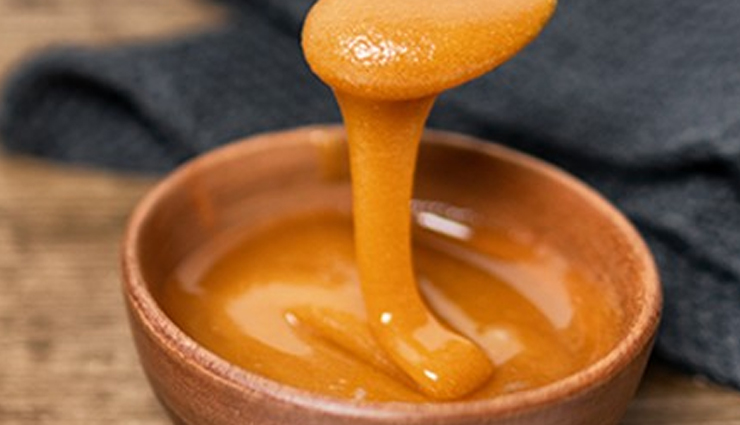
# Manuka Honey
Manuka honey is a highly regarded type of honey known for its exceptional antibacterial and medicinal properties. It originates from New Zealand and is produced by bees that primarily forage on the nectar of the manuka tree's blossoms (Leptospermum scoparium). Manuka honey is distinct from other honeys due to its potent antimicrobial compound called methylglyoxal (MGO), which is responsible for its unique health benefits.
This honey variety has a robust, earthy flavor and a dark amber color. It is renowned for its potential to promote wound healing, soothe sore throats, and provide relief from digestive issues. Manuka honey is often used topically to treat wounds, burns, and skin infections due to its powerful antibacterial properties.
The effectiveness of manuka honey is graded using the Unique Manuka Factor (UMF) or the MGO rating, indicating the concentration of methylglyoxal. The higher the rating, the stronger the honey's therapeutic potential.
Manuka honey's numerous health benefits have earned it a reputation as a superfood. It is widely used as a natural remedy and a premium ingredient in various healthcare and skincare products. Its remarkable healing properties, distinct flavor, and versatility make it a sought-after honey variety for both culinary and medicinal purposes.
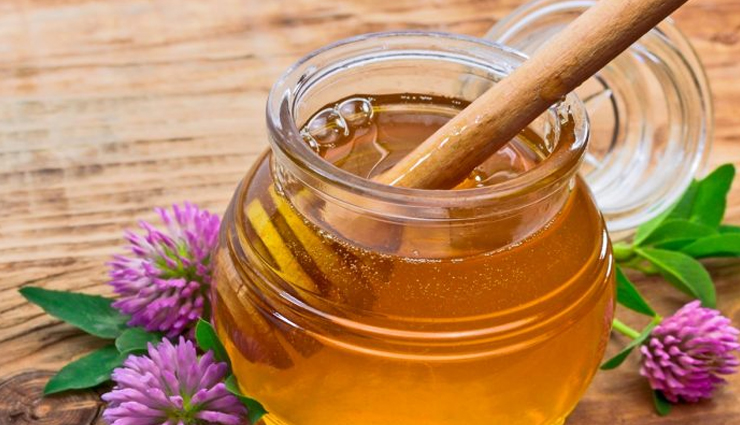
# Clover Honey
Clover honey is a popular and widely available variety of honey produced by honeybees that forage primarily on the nectar of clover plants. It is characterized by its mild, sweet, and slightly floral flavor profile. The color of clover honey typically ranges from light amber to pale gold, making it one of the lighter-colored honey varieties.
One of the appealing qualities of clover honey is its versatility and its ability to complement a wide range of culinary applications. It is a common choice for sweetening beverages, such as tea and coffee, and is often used as a natural sweetener in recipes, baking, and salad dressings.
Clover honey's smooth and gentle flavor, coupled with its easy availability, makes it a favorite among those seeking a straightforward and pleasant honey experience. While it may not have the robust and distinct characteristics of some other honey varieties, its reliable sweetness and widespread availability make it a beloved choice for everyday use in both culinary and beverage preparations.
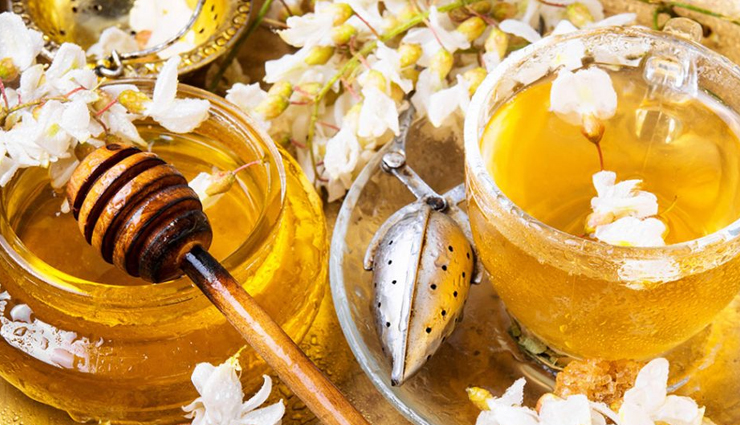
# Acacia Honey
Acacia honey is a highly prized variety of honey known for its delicate and mild flavor profile. It is produced by honeybees that primarily forage on the nectar of acacia trees (Robinia pseudoacacia) and other closely related plant species. Acacia honey is characterized by its clear appearance and pale straw-like color.
One of the distinctive qualities of acacia honey is its exceptionally light and almost transparent appearance. It has a subtle floral aroma and a mild, sweet taste with hints of vanilla and a gentle, fruity undertone. This honey's flavor is often described as the most delicate among honey varieties.
Acacia honey is considered one of the finest and most sought-after types of honey due to its mildness and ability to enhance the natural flavors of foods and beverages without overpowering them. It is a popular choice for sweetening tea, drizzling over fresh fruits, or incorporating into salad dressings and desserts.
Beyond its pleasant taste, acacia honey is also valued for its potential health benefits. It is known for its soothing and calming properties, making it a popular choice for individuals seeking a gentle honey variety that is well-suited for a wide range of culinary and medicinal uses.
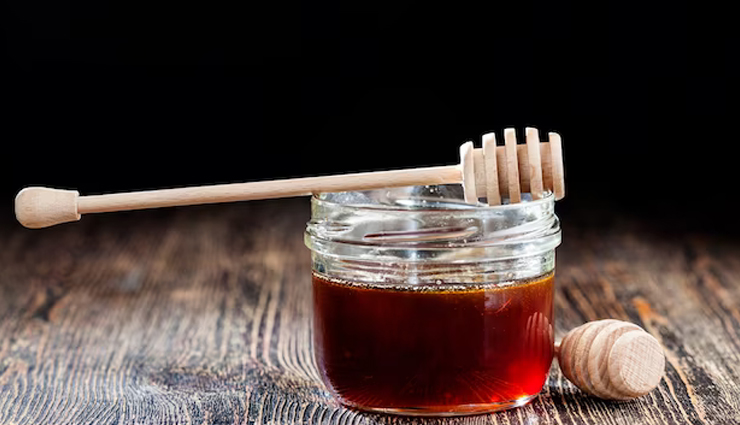
# Buckwheat Honey
Buckwheat honey is a dark and robust variety of honey with a distinct and bold flavor. It is produced by honeybees that forage primarily on the nectar of buckwheat flowers (Fagopyrum esculentum), a plant known for its triangular-shaped seeds. This honey is characterized by its deep amber to nearly black color.
The flavor of buckwheat honey is intense and rich, often described as malty, earthy, and slightly nutty. It has a complex taste profile that includes hints of molasses and a lingering aftertaste. Due to its strong and robust flavor, buckwheat honey is not as sweet as other honey varieties, making it a unique choice for those who enjoy more intense and savory honey experiences.
In addition to its bold taste, buckwheat honey is highly regarded for its potential health benefits. It is known for its high antioxidant content and antimicrobial properties, making it a popular choice for soothing sore throats and coughs. Buckwheat honey is also prized for its potential to promote wound healing and provide relief from allergies.
Despite its strong flavor, buckwheat honey is a versatile ingredient in various culinary applications. It is often used in baking, marinades, barbecue sauces, and as a natural sweetener in beverages. Its unique taste and potential health benefits make it a favorite among honey enthusiasts looking for a bold and distinctive honey variety.
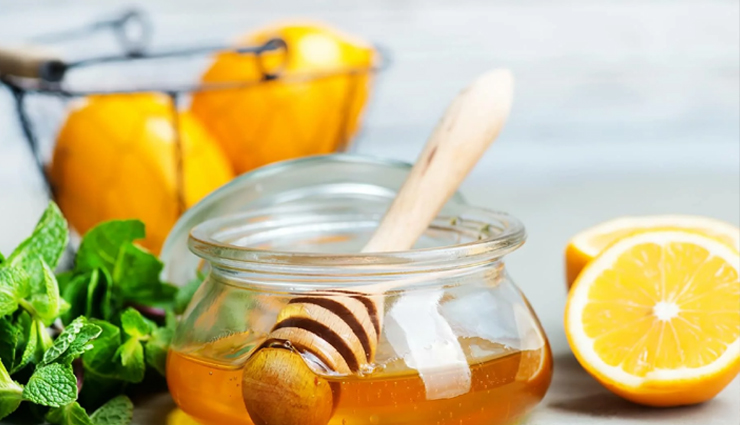
# Orange Blossom Honey
Orange blossom honey is a delightful and fragrant variety of honey known for its light, citrusy aroma and sweet, fruity flavor. It is produced by honeybees that primarily forage on the nectar of orange tree blossoms (Citrus sinensis) and other citrus fruit blossoms. This honey is characterized by its pale to medium amber color and its pleasant, floral scent.
The flavor of orange blossom honey is distinctly reminiscent of fresh oranges, offering a sweet and tangy taste with subtle hints of citrus. It has a well-balanced and refreshing profile that appeals to a wide range of palates. The honey's versatility and delightful taste make it a popular choice for both culinary and dessert applications.
Orange blossom honey pairs wonderfully with a variety of foods and beverages. It is often used as a natural sweetener for tea, yogurt, baked goods, and salad dressings. Its delightful aroma and flavor can enhance the overall taste of dishes while adding a touch of citrusy sweetness.
In addition to its culinary uses, orange blossom honey is cherished for its potential health benefits. It contains antioxidants and various beneficial compounds that may contribute to overall well-being. This honey variety is a favorite among those seeking a bright and flavorful honey that captures the essence of citrus orchards in every spoonful.
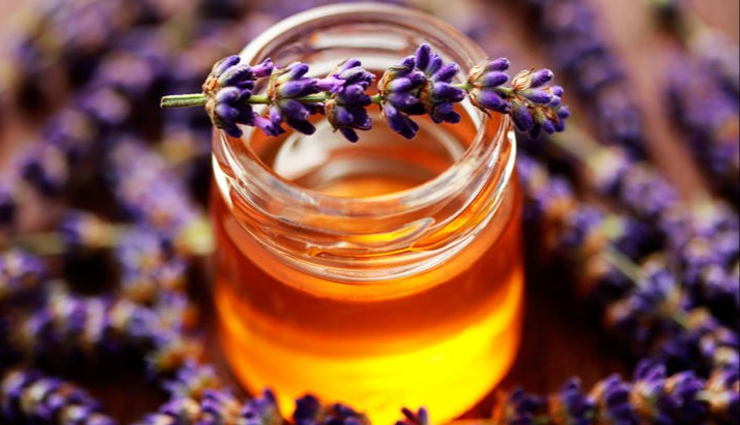
# Lavender Honey
Lavender honey is a unique and aromatic variety of honey known for its distinctive floral flavor and soothing properties. It is produced by honeybees that primarily forage on the nectar of lavender blossoms (Lavandula spp.) and other similar aromatic herbs. This honey is characterized by its pale to medium amber color and its delightful, floral scent.
The flavor of lavender honey is captivating and floral, with strong notes of lavender and a hint of herbal sweetness. It has a well-balanced taste profile that combines the natural sweetness of honey with the soothing and fragrant qualities of lavender. This unique flavor makes lavender honey a popular choice for culinary and dessert applications, adding a touch of elegance to dishes and beverages.
Lavender honey pairs beautifully with a variety of foods and beverages. It is often used as a natural sweetener in teas, cocktails, baked goods, and salad dressings. Its floral aroma and distinct flavor can elevate the sensory experience of dishes while providing a gentle and calming essence.
Beyond its culinary uses, lavender honey is cherished for its potential health benefits. It is known for its soothing properties and is often associated with relaxation and stress relief. Lavender honey may also possess antioxidant properties and other health-promoting compounds, making it a favorite among those seeking a delightful honey variety that combines the flavors of honey and lavender in a harmonious way.
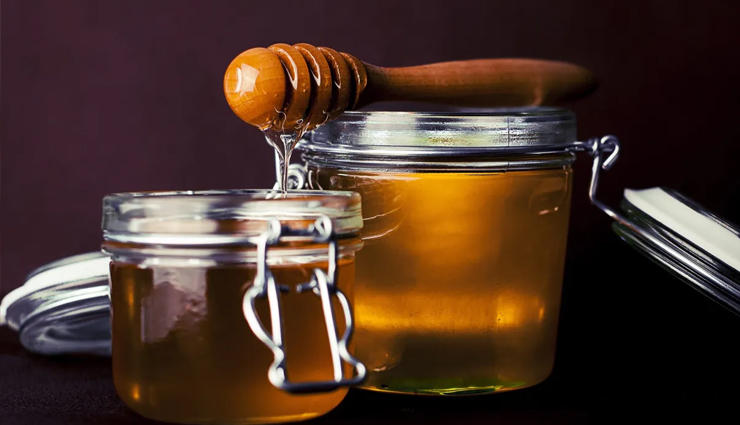
# Eucalyptus Honey
Eucalyptus honey is a unique and robust variety of honey known for its bold, earthy flavor and potential health benefits. It is produced by honeybees that primarily forage on the nectar of eucalyptus tree blossoms (Eucalyptus spp.), a group of tall and aromatic trees native to Australia and other regions. This honey is characterized by its dark amber to brownish color and its strong, herbal scent.
The flavor of eucalyptus honey is intense and robust, often described as having a woody, herbal, and slightly medicinal taste. It carries distinctive notes of eucalyptus, giving it a complex and invigorating profile. Due to its bold and unique taste, eucalyptus honey is not as sweet as some other honey varieties, making it a favorite among those who appreciate more intense and savory honey experiences.
In addition to its flavor, eucalyptus honey is highly regarded for its potential health benefits. It is known for its natural antibacterial and anti-inflammatory properties, making it a popular choice for soothing sore throats and coughs. Eucalyptus honey is also prized for its potential to promote respiratory health and alleviate symptoms of colds and congestion.
Despite its strong flavor, eucalyptus honey is used in a variety of culinary applications. It can be incorporated into herbal teas, glazes for meats, and baked goods to add a unique depth of flavor. Its bold taste and potential health benefits make it a sought-after honey variety for both culinary and medicinal purposes.
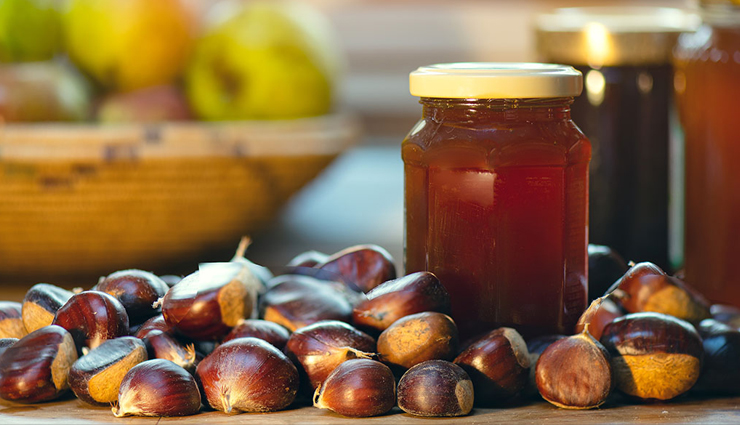
# Chestnut Honey
Chestnut honey is a distinctive and robust variety of honey known for its rich, dark color and strong, earthy flavor. It is produced by honeybees that primarily forage on the nectar of chestnut tree blossoms (Castanea spp.) and other wildflowers. This honey is characterized by its deep amber to dark brown color and its intense, aromatic scent.
The flavor of chestnut honey is bold and assertive, often described as having a strong, woody, and slightly bitter taste. It has a complex taste profile with hints of caramel and molasses, providing a unique and deep honey experience. Due to its intense and complex flavor, chestnut honey is a favorite among those who enjoy more robust and savory honey varieties.
Chestnut honey's rich flavor makes it an excellent accompaniment to a variety of foods and beverages. It pairs well with cheeses, roasted meats, and hearty bread, and it can be used to add depth to marinades and sauces. Its bold taste can enhance the complexity of dishes while providing a distinctive and flavorful touch.
Beyond its culinary uses, chestnut honey is appreciated for its potential health benefits. It may contain antioxidants and beneficial compounds that contribute to overall well-being. While it may not be as sweet as some other honey varieties, chestnut honey's bold and complex flavor profile makes it a sought-after choice for those looking to explore the diverse world of honey flavors.
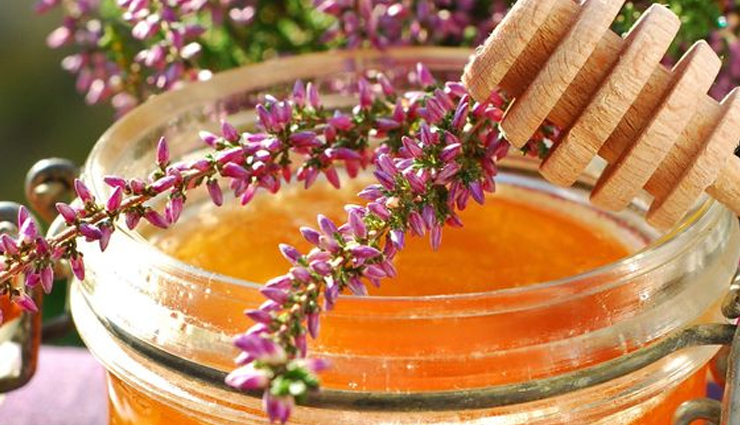
# Heather Honey
Heather honey is a distinctive and highly sought-after variety of honey known for its rich, dark color and strong, aromatic flavor. It is produced by honeybees that primarily forage on the nectar of heather blossoms (Calluna vulgaris) and other wildflowers found in heathlands and moorlands. This honey is characterized by its deep amber to dark brown color and its intense, earthy scent.
The flavor of heather honey is robust and complex, often described as having a strong, slightly bitter, and woody taste. It has a unique taste profile with hints of smokiness and herbal notes, providing a distinctive and flavorful honey experience. Due to its bold and intricate flavor, heather honey is a favorite among those who appreciate more intense and savory honey varieties.
Heather honey's rich and aromatic flavor makes it a versatile ingredient in various culinary applications. It pairs well with cheeses, grilled meats, and desserts, and it can be used to add depth to marinades and salad dressings. Its strong taste profile can elevate the overall complexity of dishes while imparting a unique and sophisticated flavor.
In addition to its culinary uses, heather honey is treasured for its potential health benefits. It may contain antioxidants and other beneficial compounds that contribute to overall well-being. Its bold and complex flavor, coupled with its potential health-promoting properties, makes heather honey a sought-after choice for both culinary and medicinal purposes, appealing to those who seek honey with a distinctive and robust character.





